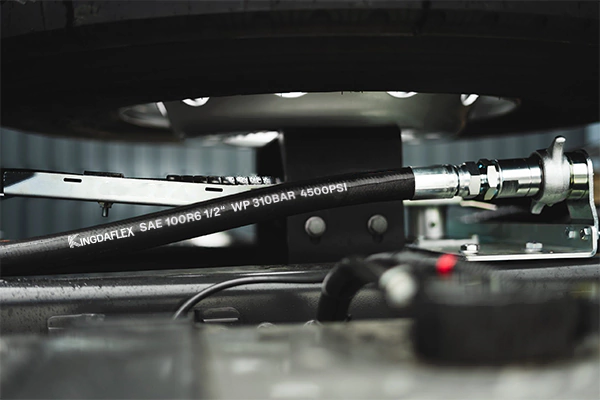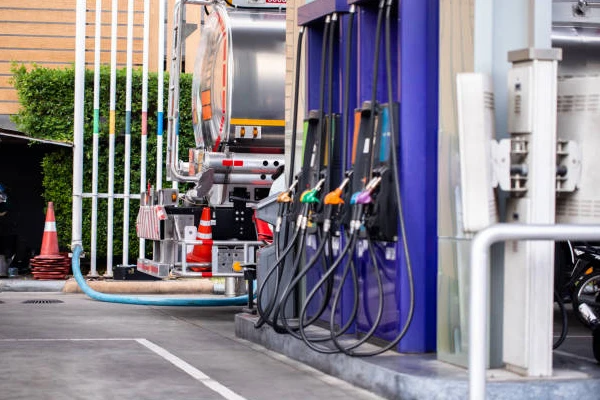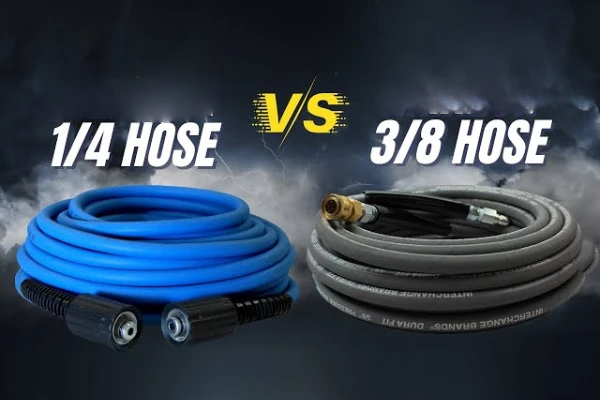In the intricate world of hydraulic systems, every component plays a vital role in ensuring smooth, efficient, and safe operation. Among these, the hydraulic hose is often seen as a simple conduit, but its compatibility with the fluid, fittings, and the operating environment is far from trivial. Ignoring these crucial relationships can lead to a cascade of problems, from minor leaks to catastrophic system failures.
This blog delves into the often-underestimated importance of hydraulic hose compatibility. We’ll explore how selecting the right hose for your specific application — considering everything from the type of hydraulic fluid it carries to the temperature extremes it endures — directly impacts the longevity, performance, and overall safety of your machinery. Understanding these dynamics is key to preventing costly downtime and ensuring operational integrity.
What is Hydraulic Hose Compatibility?
-
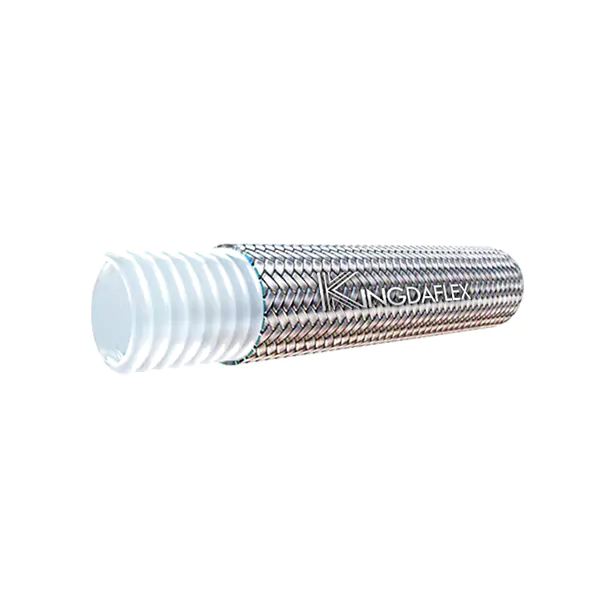 SAE 100R14 / Teflon Hose(Inner Corrugated Tube)
SAE 100R14 / Teflon Hose(Inner Corrugated Tube) -
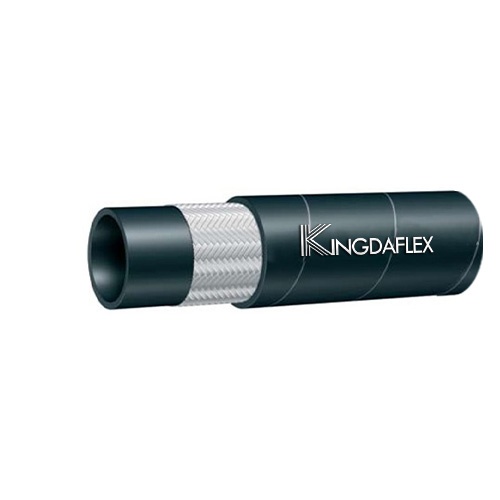 SAE 100R6 | Hydraulic Hose
SAE 100R6 | Hydraulic Hose -
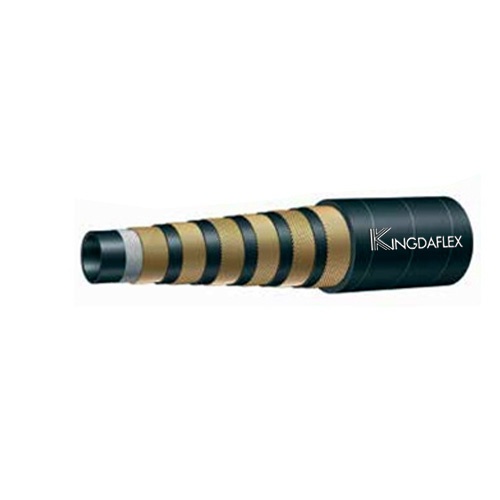 SAE 100R15 | Hydraulic Hose
SAE 100R15 | Hydraulic Hose -
 SAE 100R13 | Hydraulic Hose
SAE 100R13 | Hydraulic Hose -
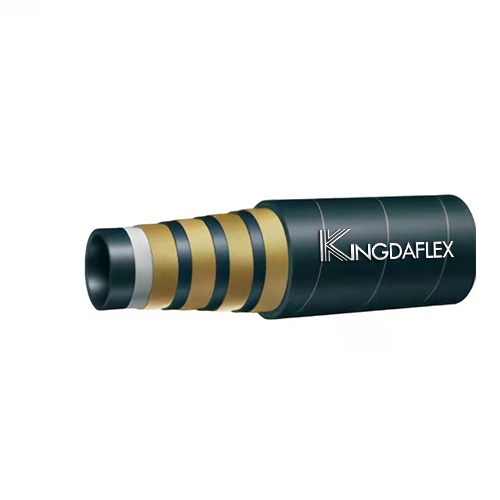 SAE 100R12 | 4 Wire Spiral Hydraulic Hose
SAE 100R12 | 4 Wire Spiral Hydraulic Hose -
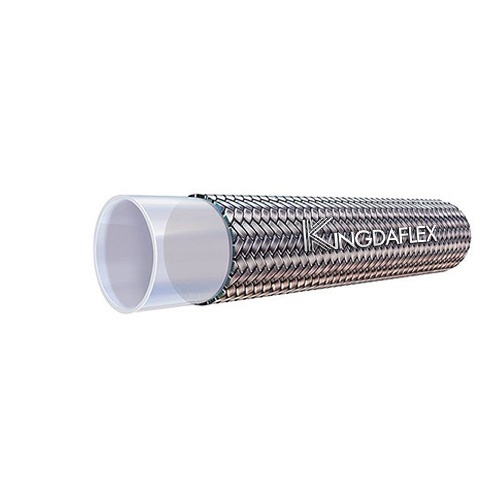 SAE 100 R14 / Teflon Hose (Inner Smooth Tube)
SAE 100 R14 / Teflon Hose (Inner Smooth Tube) -
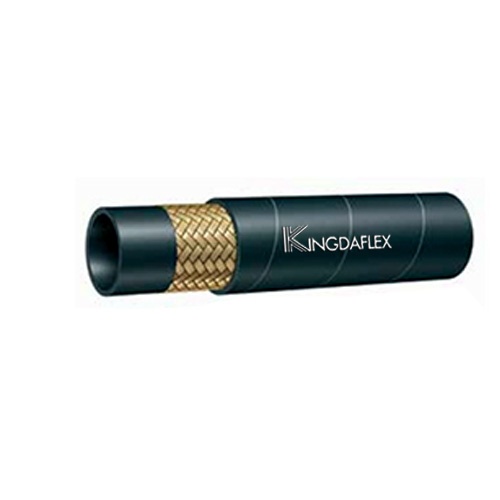 SAE 100R17 | Hydraulic Hose
SAE 100R17 | Hydraulic Hose -
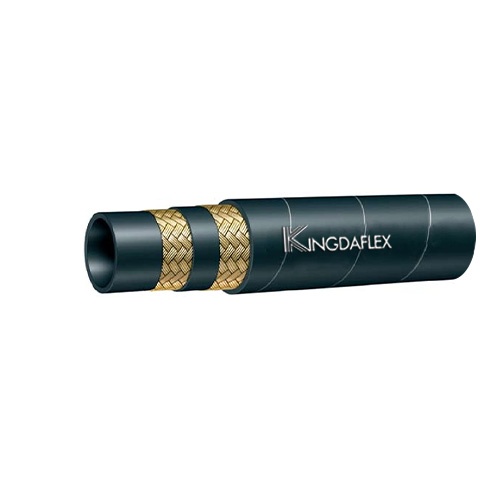 SAE 100R16 | Hydraulic Hose
SAE 100R16 | Hydraulic Hose -
 SAE 100R1A/DIN EN853 1ST
SAE 100R1A/DIN EN853 1ST -
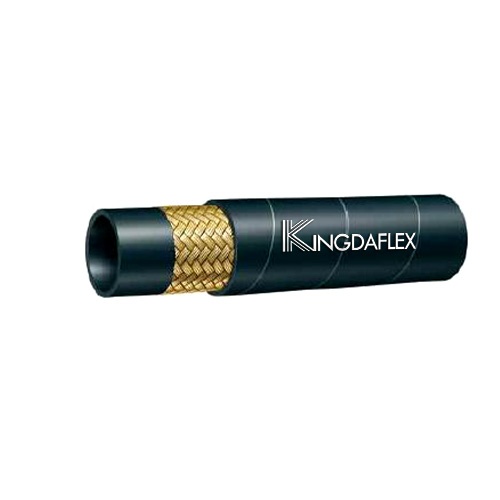 SAE 100R1AT/ DIN EN853 1SN
SAE 100R1AT/ DIN EN853 1SN
Hydraulic hose compatibility refers to the critical alignment between a hydraulic hose and all the elements it interacts with within a hydraulic system and its environment. This includes, most importantly, the chemical compatibility of the hose’s inner tube and cover materials with the specific hydraulic fluid being conveyed, as well as any external fluids or conditions the hose might encounter.
Beyond chemical interaction, compatibility also encompasses ensuring the hose’s pressure and temperature ratings align with the system’s demands, and that the fittings used are designed to securely and effectively connect to that particular hose. When all these aspects are compatible, it ensures the hose maintains its structural integrity, prevents degradation, leaks, or bursts, and allows the hydraulic system to operate safely and efficiently.
Hydraulic Hose Chemical Compatibility
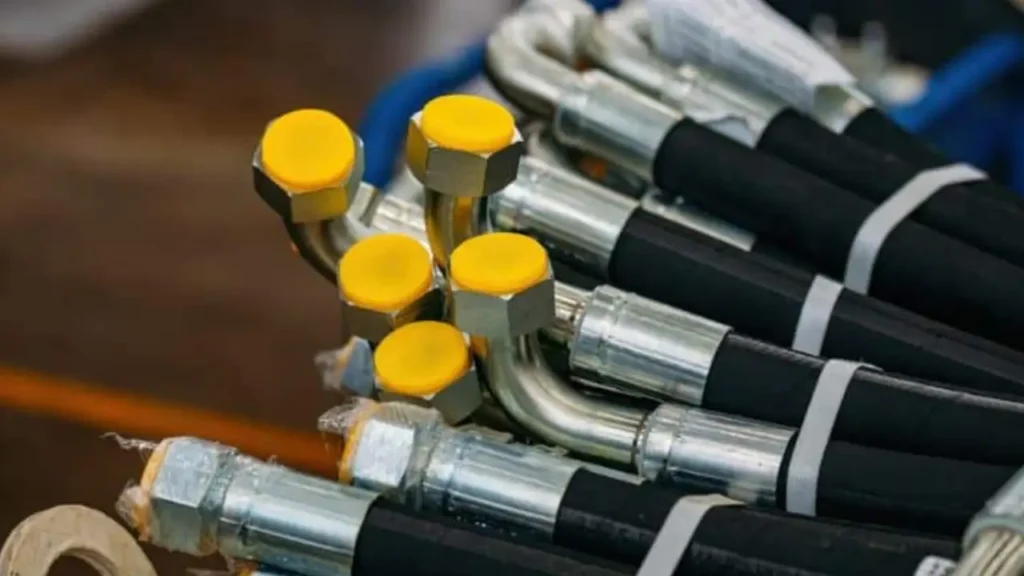
Hydraulic hose chemical compatibility is paramount for the safe and effective operation of any hydraulic system. It specifically refers to the ability of the hose’s inner tube and outer cover materials to resist degradation when exposed to the particular hydraulic fluid (or external chemicals) it will encounter.
An incompatible combination can lead to the hose swelling, hardening, cracking, softening, or even complete disintegration, causing leaks, system failure, and potential safety hazards. This compatibility is influenced by various factors, making careful selection essential.
Here are key aspects of hydraulic hose chemical compatibility:
- Fluid Composition: Different hydraulic fluids (e.g., petroleum-based, synthetic, water-glycol, phosphate esters) have distinct chemical properties. The hose’s inner tube material must be specifically resistant to the fluid’s chemical makeup and any additives.
- Hydraulic Hose Material: Common inner tube materials like Nitrile (NBR), EPDM, Viton (FKM), and PTFE (Teflon) each offer varying degrees of resistance to different chemicals. For example, Nitrile is excellent for petroleum-based fluids but poor with phosphate esters, while Viton excels with aggressive synthetic fluids.
- Temperature: Elevated temperatures significantly accelerate chemical reactions. A hose material that is compatible with a fluid at room temperature might quickly degrade at higher operating temperatures, even if it’s within the hose’s general temperature rating.
- Concentration & Purity: The concentration of certain chemicals in the fluid, or even the presence of contaminants, can impact compatibility. Higher concentrations often lead to more aggressive attacks on the hose material.
- External Environment: The outer cover of the hose also needs to be chemically compatible with any external chemicals, oils, or solvents it might be exposed to in the operating environment, protecting the reinforcement layers.
Hydraulic Hose Fluid Compatibility
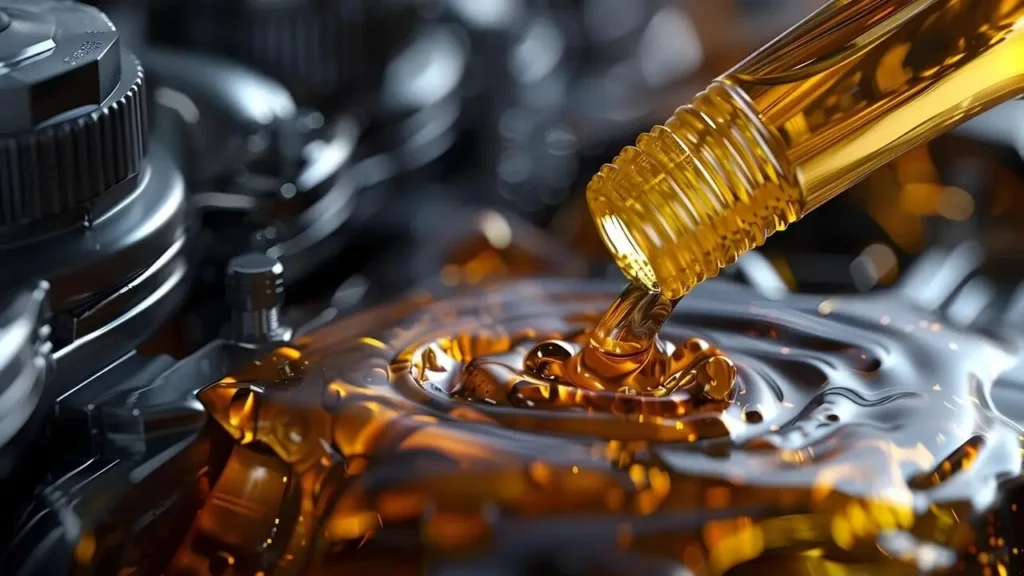
Hydraulic hose fluid compatibility is a critical consideration that directly impacts the safety, lifespan, and performance of a hydraulic system. It specifically pertains to the ability of the hydraulic hose’s internal tube material to withstand chemical interaction with the hydraulic fluid it transports without degrading. An improper match can lead to the hose breaking down, swelling, hardening, or otherwise failing prematurely, causing leaks, system inefficiency, and potentially hazardous situations.
This vital relationship underscores the importance of consulting manufacturer specifications before selection.
Here are key aspects of hydraulic hose fluid compatibility:
- Fluid Type: Different hydraulic fluids (e.g., petroleum-based, synthetic, water-based, biodegradable) possess unique chemical compositions. The hose’s inner tube material must be specifically engineered to resist chemical attack from the chosen fluid, preventing erosion, permeation, or dissolution.
- Hydraulic Hose Elastomer/Material: Common internal hose materials like Nitrile (NBR), EPDM, Viton (FKM), Chloroprene (Neoprene), and PTFE each have specific resistances. For instance, Nitrile is generally excellent with petroleum-based fluids, while EPDM is often preferred for phosphate ester-based fluids due to its superior resistance.
- Operating Temperature: Fluid compatibility is highly temperature-dependent. A hose material might be compatible with a fluid at ambient temperatures but degrade rapidly when the fluid reaches its higher operating temperature. The fluid’s temperature range must fall within the hose’s specified limits for fluid compatibility.
- Additives and Contaminants: Hydraulic fluids often contain various additives (e.g., anti-wear, anti-foaming, rust inhibitors). These additives, or even unexpected contaminants in the fluid, can sometimes react with the hose material. Always consider the full spectrum of fluid constituents.
- Industry Standards: Adhering to industry standards and manufacturer recommendations (e.g., SAE, EN) for fluid compatibility ensures that the hose materials have been tested and proven to perform safely with specified fluid types under various conditions.
How to Choose Compatible Hydraulic Hoses?
Choosing compatible hydraulic hoses is paramount for ensuring the safety, efficiency, and longevity of your hydraulic system. It involves a systematic approach to match the hose’s specifications with the operational demands and environmental conditions. Overlooking any aspect of compatibility can lead to premature hose failure, costly downtime, and potential hazards.
Understand the Fluid and Temperature
The first critical step is to thoroughly understand the type of hydraulic fluid your system uses and its operating temperature range. Different fluids, such as petroleum-based oils, synthetic fluids, or water-glycol solutions, have unique chemical compositions that can react differently with various hose materials. The hydraulic hose’s inner tube and outer cover must be chemically compatible with the fluid. Additionally, the hydraulic hose’s temperature rating, both for the fluid and the ambient environment, must accommodate the system’s maximum and minimum operational temperatures to prevent material degradation or brittleness.
Determine Pressure Requirements
Accurately determining the system’s maximum working pressure, including any potential surge pressures, is crucial. The chosen hydraulic hose must have a working pressure rating that meets or exceeds this maximum. Selecting a hose with insufficient pressure capability is a significant safety risk and will inevitably lead to hose rupture. Conversely, an excessively over-rated hose might be unnecessarily expensive and less flexible.
Calculate Flow Rate and Velocity
The flow rate (gallons or liters per minute) and the desired fluid velocity are key to selecting the correct hydraulic hose inner diameter (ID). An undersized hose will cause high fluid velocities, leading to excessive pressure drop, increased heat generation, and potential damage to system components. An oversized hydraulic hose, while avoiding these issues, can be more expensive and cumbersome to install. Utilize charts and formulas to ensure the ID allows for optimal fluid velocity, typically aiming for lower velocities in suction lines and higher, but still controlled, velocities in pressure lines.
Consider Hose Length and Routing
The physical requirements of the installation, including the necessary hydraulic hose length and the complexity of its routing, significantly influence compatibility. Ensure the hose can be routed without exceeding its minimum bend radius, which is specified by the manufacturer. Bending a hose too tightly can restrict flow, create stress points, and reduce its lifespan. Adequate length is also important to prevent tension and allow for machine movement.
Select Appropriate Fittings and Connections
The hose must be compatible with the fittings and connectors used in the hydraulic system. This involves ensuring the correct thread type, size, and sealing method (e.g., JIC, ORB, BSP). The fitting material should also be compatible with the fluid and the operating environment to prevent corrosion or leaks. Always use fittings recommended or approved by the hose manufacturer to guarantee a secure, leak-free connection that can withstand system pressures.
How to Know if a Hydraulic Hose is Compatible?
Knowing if a hydraulic hose is truly compatible with your system involves a systematic verification process, moving beyond just visual inspection. It’s about confirming that the hydraulic hose’s design and material properties align perfectly with the operational demands and environmental factors it will face, ensuring safety, efficiency, and longevity.
Here’s how to know if a hydraulic hose is compatible:
- Check the Layline: The layline (printing along the hose) provides critical information. It typically includes the manufacturer, hose series, dash size (inner diameter), pressure rating, temperature range, and sometimes fluid compatibility. Cross-reference this information with your system’s requirements.
- Verify Fluid Compatibility: Consult a chemical compatibility chart from the hose manufacturer. Ensure the hose’s inner tube material is explicitly rated for the type of hydraulic fluid (e.g., mineral oil, synthetic, water-glycol) and its operating temperature. Incompatibility leads to rapid hose degradation.
- Match Pressure and Temperature Ratings: The hose’s maximum working pressure must meet or exceed your system’s peak operating pressure, including surge pressures. Similarly, the hose’s specified temperature range must accommodate both the fluid’s temperature and the ambient environmental temperature.
- Confirm Fitting Compatibility: The fittings used must be designed for that specific hose type and size. Mixing brands of hoses and fittings is generally not recommended by manufacturers, as crimping specifications and tolerances vary, potentially leading to insecure connections and leaks.
- Review Application Specifics: Consider the hose’s intended application. Will it be exposed to abrasion, ozone, or extreme flexing? The hose’s cover material and construction (e.g., wire braid, spiral wire) should be suitable for the external environment and any mechanical stresses.
Conclusion
Ultimately, prioritizing hydraulic hose compatibility is not merely a technical detail; it’s a fundamental aspect of proactive maintenance and operational safety. By carefully matching hose materials with hydraulic fluids, ensuring proper fitting connections, and considering environmental factors, you safeguard your equipment against premature wear, leaks, and catastrophic failures. This diligent approach significantly extends the lifespan of your hydraulic components and reduces unexpected repair costs.
Investing time in understanding and implementing correct compatibility practices pays dividends in increased efficiency and reliability for your entire hydraulic system. It minimizes the risks of downtime, enhances productivity, and protects your valuable assets. Remember, a compatible system is a robust and dependable system, ready to tackle the demands of continuous operation without compromise.
For businesses seeking reliable solutions, we at Kingdaflex are your trusted partner. We understand the complexities of hydraulic hose compatibility and offer a comprehensive range of wholesale hydraulic hoses designed to meet diverse industrial needs. Our hydraulic hose products ensure optimal performance and durability, providing the peace of mind that comes with superior engineering. Contact Kingdaflex for your wholesale hydraulic hoses today.


